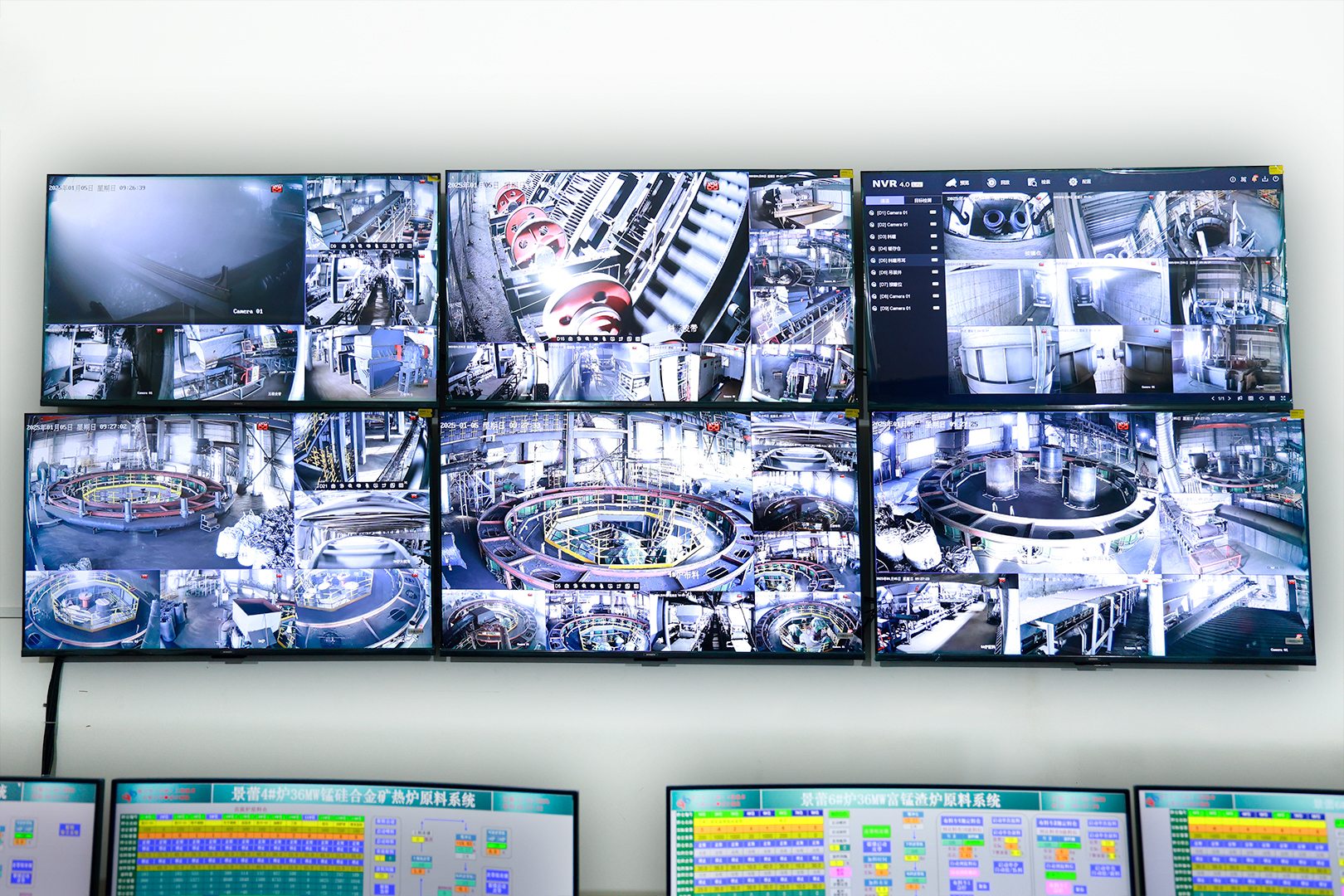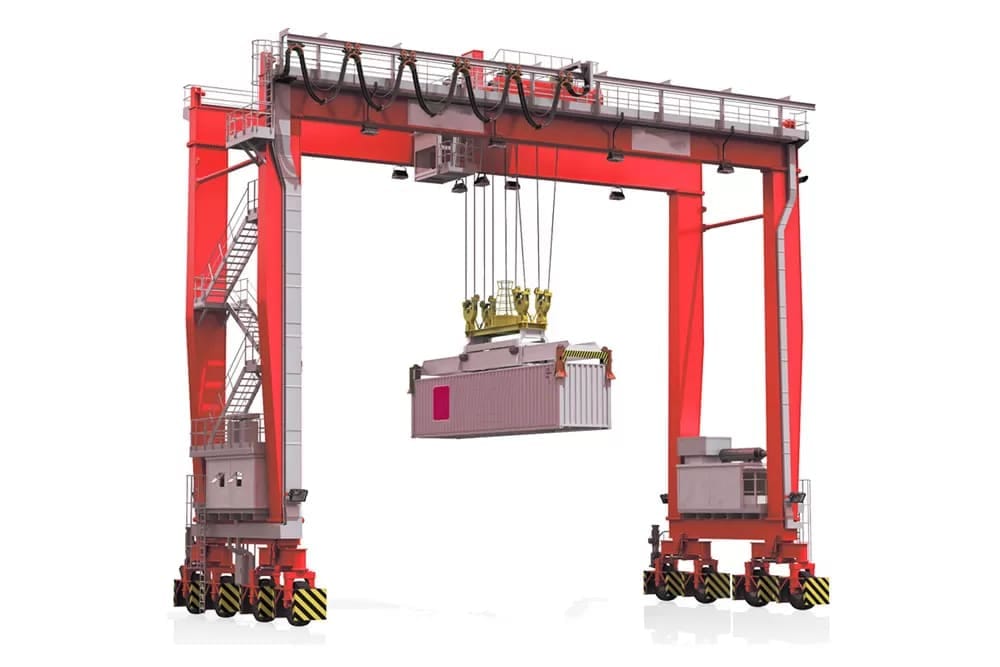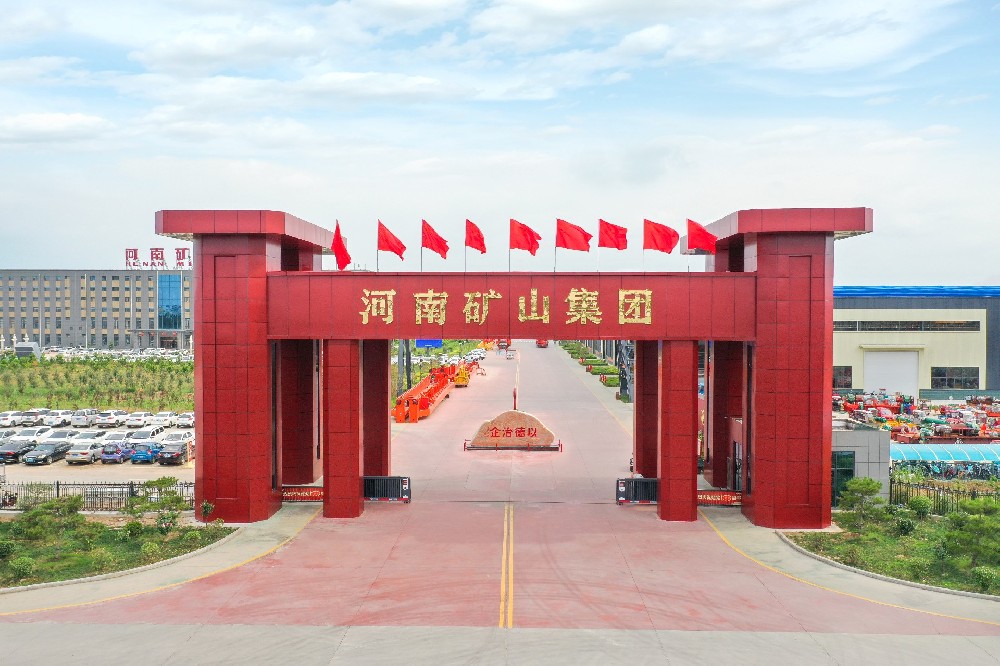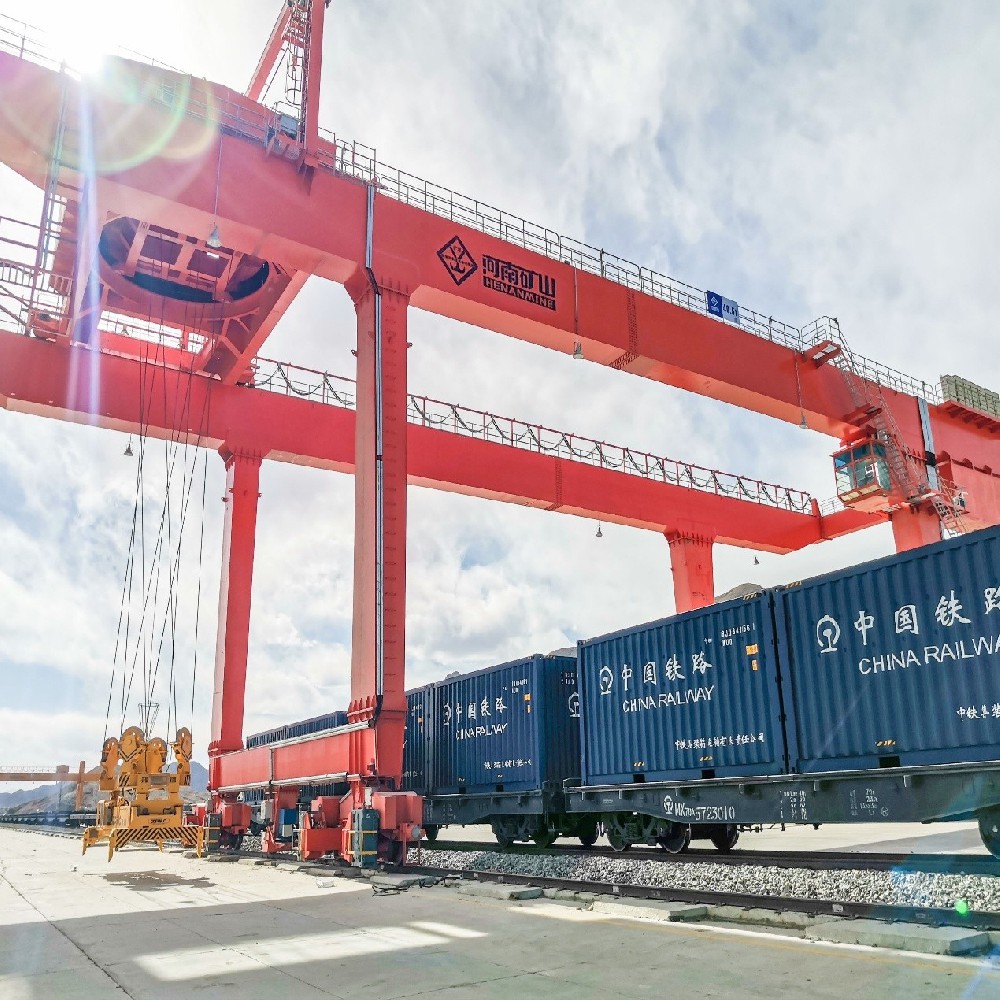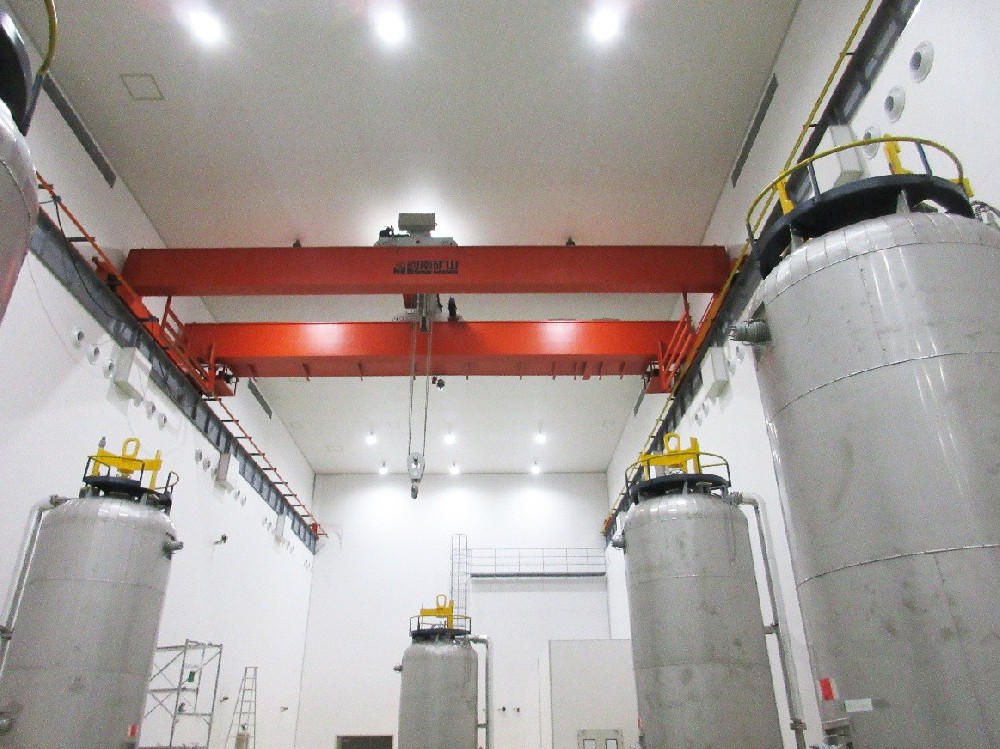- How to Select a Metallurgical Bridge Crane for the Steel Industry
-
Release Time:2025-08-18 18:45:18Share:
How to Select a Metallurgical Bridge Crane for the Steel Industry
In the high-temperature, heavy-load, and dusty environments of the steel industry, metallurgical bridge cranes are the backbone ensuring continuous production operations. From the transportation of molten steel in steel production workshops to the handling of steel billets in rolling mills, their performance directly impacts production efficiency and operational safety. When selecting metallurgical bridge cranes, steel companies must align with the core requirements of production scenarios, conducting precise evaluations across dimensions such as equipment performance, safety configurations, and environmental adaptability.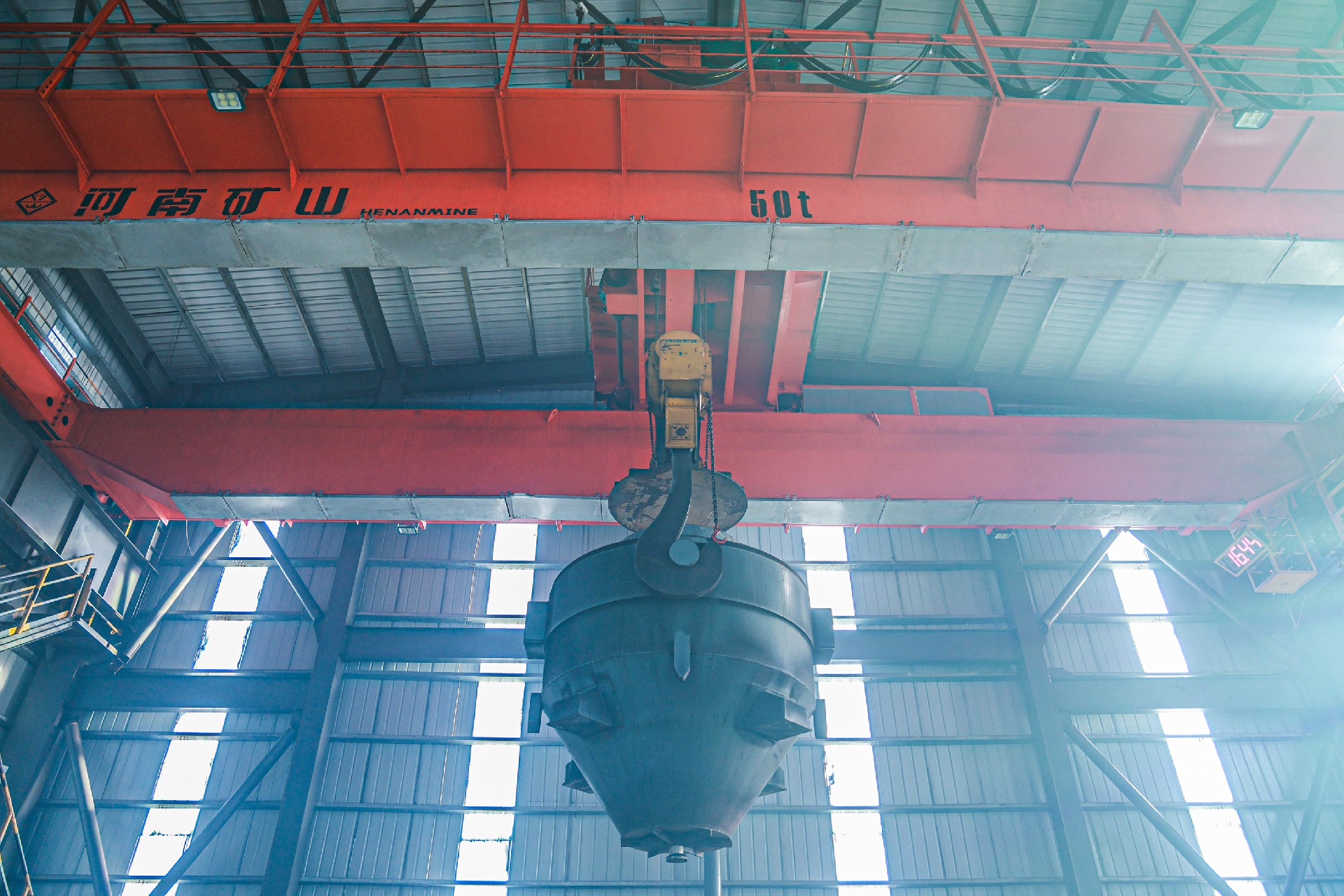
Core performance tailored to the steelmaking process
Molten steel ladle handling: Focus on high-temperature resistance and heavy-load stability
Molten steel ladles in steelmaking workshops can reach temperatures exceeding 1,600°C and weigh up to 300 tons, imposing extreme demands on the crane's high-temperature resistance and structural strength. When selecting metallurgical bridge cranes for such applications, the following key factors must be prioritized:
Multi-layer thermal insulation protection: The hook assembly and pulley assembly must be equipped with multi-layer thermal insulation covers using high-temperature-resistant materials such as alumina-silica fiber to block radiant heat from reaching the core components of the equipment; the electrical system must use special cables and motors capable of withstanding temperatures up to 150°C to prevent insulation aging caused by high temperatures.
Structural redundancy design: The main beam is made of Q355ND low-temperature ductile steel, formed through an integral welding process, with flange thickness increased by 20% compared to ordinary cranes, ensuring no deformation under eccentric loads from the steel ladle; The hoisting mechanism adopts a triple redundancy design of “dual motors + dual brakes + dual reducers.” If one system fails, the other can emergency brake within 0.5 seconds, eliminating the risk of molten steel spillage.
Precise micro-motion control: The hoisting mechanism is equipped with a low-speed ratio variable frequency system of 1:100, enabling stepless speed adjustment from 0.5 to 5 m/min, ensuring smooth transportation of the steel ladle between the converter and continuous casting machine, and preventing steel splashing.
Scrap steel feeding: Enhanced grabbing efficiency and durability
Electric arc furnace workshops require frequent lifting of scrap steel baskets, with a single feeding weight reaching up to 50 tons. Additionally, scrap steel has irregular shapes, leading to load fluctuations. A metallurgical bridge crane suitable for such scenarios should have:
Specialized grab adaptation: Standard four-rope double-jaw grab, with the grab body made of wear-resistant Mn13 high-manganese steel, and the cutting edge hardness exceeding HB400, extending the service life by three times compared to ordinary steel; the grab opening/closing mechanism uses hydraulic drive, with a response speed 50% faster than mechanical transmission, reducing charging waiting time.
Impact-resistant structure: The connection points between the trolley frame and main beam are fitted with buffer devices made of high-elasticity polyurethane material, which can absorb 80% of impact loads, preventing equipment damage from the instantaneous impact force when scrap steel falls.
High-frequency operation compatibility: The work class must meet A7 standards, with the hoisting mechanism motor using H-class insulation, allowing 120 start-stop cycles per hour to meet the rapid feeding rhythm requirements of electric arc furnaces.
Key performance indicators for the rolling mill process
Steel billet transportation: Emphasizing operational precision and positioning capability
Steel rolling mills must precisely deliver steel billets heated to 1200°C (weighing 20-100 tons) into rolling mills, requiring extremely high operational stability from cranes. Key considerations include:
Millimeter-level positioning accuracy: The main and auxiliary crane running mechanisms are equipped with absolute encoders and closed-loop control systems, with positioning errors controlled within ±5mm to ensure precise alignment of the steel ingot with the rolling mill rollers; the hoisting mechanism is fitted with a laser distance meter to provide real-time feedback on the hook height, preventing collisions between the steel ingot and rollers.
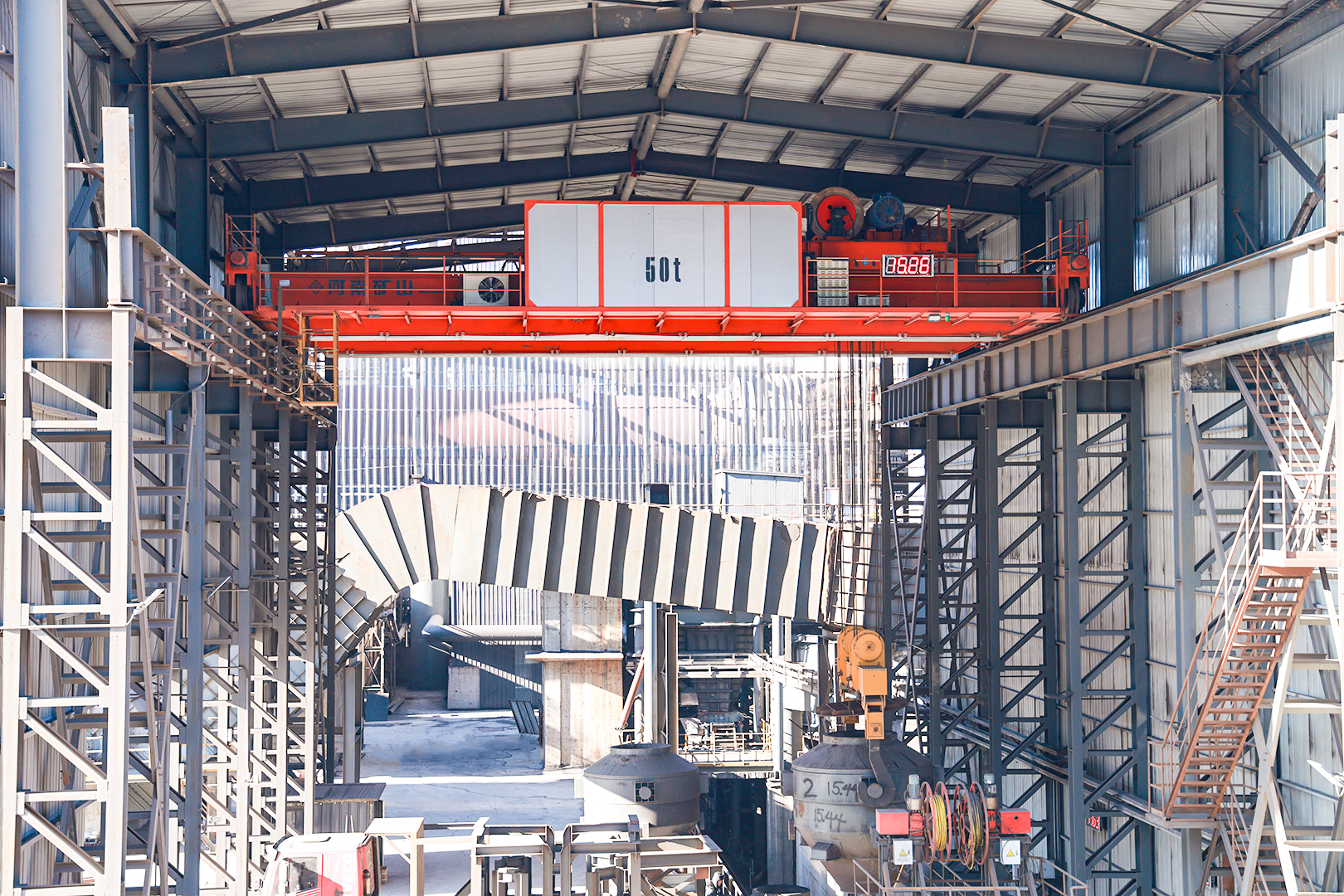
Anti-sway technology upgrade: The small crane frame is fitted with an active anti-sway device, which uses a gyroscope to detect the swing angle of the lifting device and adjusts the small crane's running speed in real time to compensate, keeping the swing amplitude of the steel ingot within ±100mm and reducing the risk of steel jamming at the rolling mill entrance.
High-Temperature Ingot Protection: The lifting device is made of heat-resistant steel with a ceramic high-temperature coating on the surface, capable of withstanding 800°C radiant heat. Thermocouple sensors are installed on the parts in contact with the ingot, triggering an automatic alarm when the temperature exceeds 600°C to prevent overheating and deformation of the lifting device.
Finished steel stacking: Balancing multifunctionality and space utilization
Rolled steel products (such as steel plates and structural steel) must be stacked 3–5 layers high in warehouses, with weights ranging from 5–30 tons. This requires cranes with flexible lifting device adaptability. In such scenarios, the following should be selected:
Multi-attachment compatible design: The main beam is equipped with a quick-change hook device, enabling the switching of hooks, slab clamps, and coil lifting attachments within 5 minutes to meet the lifting requirements of different steel products; clamps are fitted with pressure sensors to automatically adjust clamping force, preventing plate deformation or slippage.
Wide span coverage: Select cranes with spans ranging from 22 to 35 meters based on warehouse width. The main beam adopts a variable-section design, reducing self-weight by 15% while maintaining strength, thereby minimizing load on the factory's steel structure.
Intelligent stacking assistance: Optional visual recognition systems can be installed, using cameras to scan warehouse layouts and automatically plan stacking paths, improving stacking efficiency by over 30%.
Safety and Environmental Adaptation Details That Cannot Be Ignored
Safety Protection System: Constructing Multiple Lines of Defense
The high-risk nature of the steel industry requires metallurgical bridge cranes to have “zero-tolerance” safety configurations:
Intelligent Monitoring System: Equipped with 12 types of sensors, including vibration, temperature, and load sensors, to monitor the operational status of the hoisting mechanism in real time. Automatic warnings are triggered when bearing temperatures exceed 80°C or brake pad wear reaches 3mm.
Emergency Backup Function: Equipped with a 30-minute backup power supply, enabling slow lowering of heavy loads during sudden power outages; three or more emergency stop buttons are installed, covering the operator's cabin, ground control station, and remote control console.
Explosion-Proof Design: Cranes operating in gas-prone areas must have electrical components meeting the Ex dⅡBT4 explosion-proof rating to prevent sparks from triggering gas explosions.
Dust and Corrosion Resistance: Extend equipment lifespan.
Steel mill dust, such as iron oxide scale, and corrosive gases, such as rolling mill emulsion vapor, accelerate equipment aging. Therefore, the following measures are essential:
Sealing Protection Upgrades: Motors and reducers are rated IP65, with labyrinth seals added to bearing housings to prevent dust ingress. Electrical cabinets are equipped with a positive pressure ventilation system to maintain an internal pressure 50 Pa higher than the external environment, preventing dust ingress.
Corrosion protection: Metal structures undergo sandblasting for rust removal (Sa2.5 grade), followed by application of an epoxy zinc-rich primer + chlorinated rubber topcoat, with a dry film thickness exceeding 120 μm and salt spray resistance exceeding 1,000 hours.
Henan Mining: Experts in customized solutions for the steel industry
Production scenarios in steel enterprises are complex and ever-changing, making it difficult for standardized equipment to fully adapt. Henan Mining has been deeply involved in the metallurgical crane field for more than 20 years and can provide full-process customized services according to the needs of different stages such as steelmaking and rolling:
Customized Design: For the 300-ton steel ladle lifting scenario, we designed a double-girder four-track casting crane with a lifting mechanism equipped with a German Siemens variable frequency system to ensure smooth operation; for the rolling mill workshop, we designed a double-girder bridge crane with anti-sway functionality, achieving positioning accuracy of ±3mm to perfectly match the rolling mill's operational rhythm.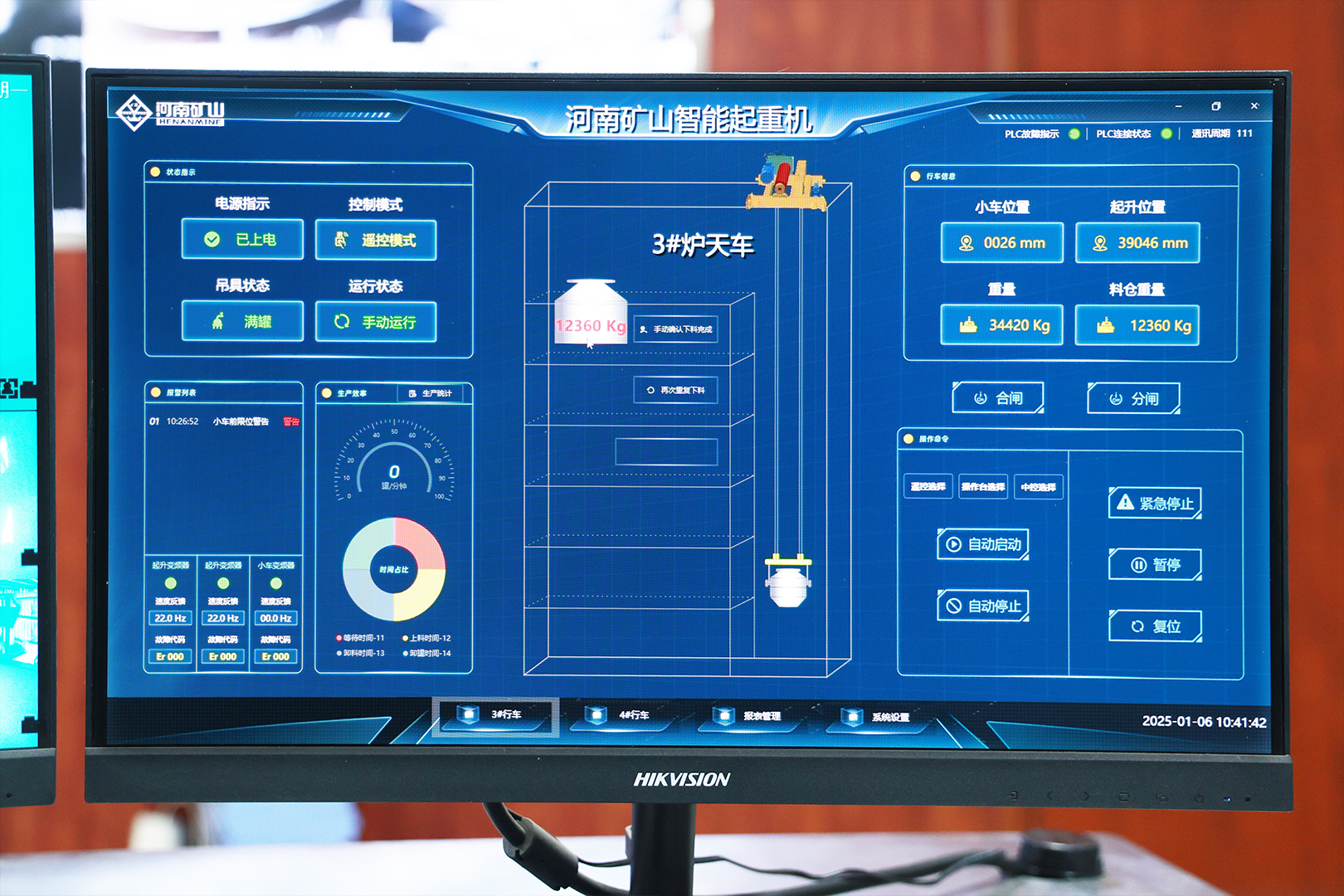
Safety Redundancy Assurance: All metallurgical cranes have passed the National Quality Inspection Bureau's A7-level type testing, with 100% UT testing of critical welds. The braking safety factor of the hoisting mechanism reaches 1.75 times, far exceeding industry standards.
Full lifecycle service: Free on-site surveys and operational condition simulations are provided. After installation, a dedicated service team is assigned to conduct quarterly on-site inspections, including thermal insulation layer checks and brake system adjustments, to ensure long-term stable operation of the equipment in high-temperature, heavy-load environments.
Selecting the appropriate metallurgical bridge crane is a prerequisite for safe production in steel enterprises. Henan Mining focuses on technological innovation, using customized solutions to help steel enterprises improve production efficiency and reduce safety risks, becoming an indispensable partner in the steel industry.